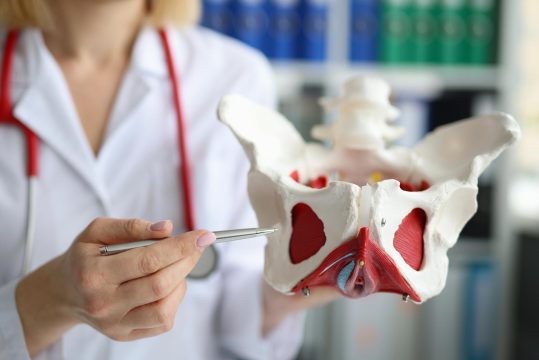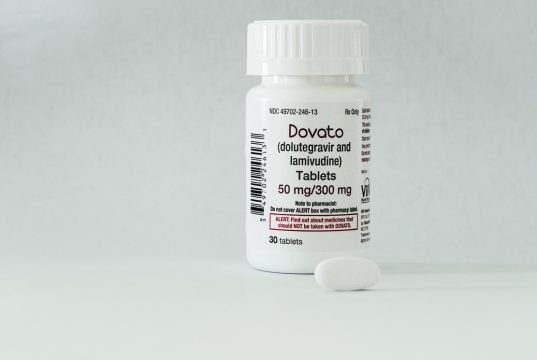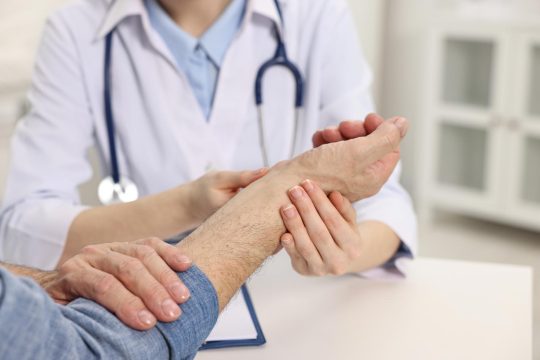Advertisment
ISH/BSH 2016: Changing treatment paradigms in multiple relapse HL
Professor Karl Peggs, University College, London.
by Christine Clark: There are numerous regimens for salvage treatment of Hodgkin lymphoma and all are associated with an overall response rate of 50-80% with a large proportion of complete responses, according to Karl Peggs (Professor of transplant science and cancer immunotherapy, University College, London. Patients who achieve PET-negativity do better with an autograft and this leaves the question of how to treat those who are PET-positive (after one line of ICE) before autologous stem cell transplant (autoSCT). Professor Peggs noted that patients who achieve less than a PR never proceed to autoSCT and do not appear in published reports. In addition, trial data – from Memorial Sloan Kettering Cancer Center (MSKCC)- show that outcomes are good for those who become PET-negative after either first or second line salvage treatment. On the other hand, outcomes are poor for those who are still PET-positive after two lines of salvage treatment and for those who are PET-negative but have extra-nodal disease.
Data from MSKCC show that patients who became PET-negative after receiving brentuximab vedotin (BV) alone or BV followed by ICE salvage fared much better after autograft than those who remained PET-positive. (Moskowitz 2015) In the UK the normal procedure is to give ESHAP salvage and then another line of salvage such as BV. However, it has not been the practice in the UK to take the patients who become PET-negative to autograft. Maybe this should now be re-assessed, said Professor Peggs. Of the patients who remain PET-positive, about 45% have long-term disease-free survival. It is not known whether they would benefit from additional treatment such as pembrolizumab, autograft with BV consolidation or allograft.
There are few data concerning the use of BV in transplant-naïve relapsed /refractory setting. One small study involved patients with advanced stage disease at diagnosis. They received ABVD first line therapy and BV as second line salvage therapy. The overall response rate was 40% with a complete response rate of 30%. (Zinzani 2015) The results showed that the outcomes were poor for patients who were PET-positive prior to autograft. This is a group that needs an alternative approach, said Professor Peggs
When relapse occurs after autograft, early-relapse is associated with the worst prognoses. A relapse after 12 months is associated with overall survival (OS) of five years but OS is much shorter for those who relapse early.
When a relapse occurs after an autograft, if BV salvage treatment is successful, in the UK, such patients would be considered for allografting. About 60% of patients will achieve a partial response (PR) or stable disease (SD) but will progress within six months, so timely consolidation treatment is required. For the patient who achieves a complete response (CR) the options are to watch and wait or to proceed to allograft. Recent results show that in the modern world allogeneic transplant is not what it was 10 years ago, said Professor Peggs. There is now a large number of patients who are long-term survivors after having allografts with reduced-intensity conditioning. Treatment-related mortality (TRM) is 24%, he noted. Patients who respond to BV salvage after a failed autograft may not benefit from an allograft. Recent data show 50% survival at five years – for these patients allografting would offer no additional benefit. However, patients who achieve a PR or SD after autoSCT should go on to receive an allograft to improve survival.
Some relapsed HL patients achieve a CR with BV salvage treatment and they could be ‘left alone’ to avoid the toxicity and potential mortality associated with allografting. If their disease progresses, retreatment is feasible but the response is not durable so consolidation therapy will have to be considered. The other critical issue in the UK is whether the BV will be available for a second treatment – at present funding for retreatment can be problematic.
A review of patients in long-term CR showed that 50% of them had reached CR by the fourth cycle of treatment. The challenge for the clinician is striking a balance here – whilst attempting to drive patients into CR, those in PR will be progressing and could have missed the opportunity for an allograft, said Professor Peggs.
Recent studies and updates have not always made decisions easier in patients who relapse after autografting. In the UK practice has evolved so that allografting is used as consolidation if a patient is responding in any way. The questions now arise of whether a patient who achieves a CR with BV should receive an alloSCT or be left alone and, if so, how many cycles of BV should be given before the decision is made. It is difficult to work out the best strategy based on the small numbers of patients in studies so far, concluded Professor Peggs
References
Moskowitz et al. PET-adapted transplant strategies incorporating brentuximab vedotin. Lancet Oncology 2015
Zinzani PL et al. Brentuximab Vedotin in Transplant-Naïve Relapsed/Refractory Hodgkin Lymphoma: Experience in 30 Patients. Oncologist. 2015;20:1413-62015





